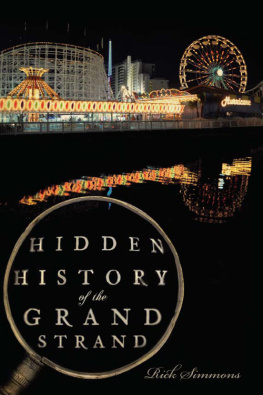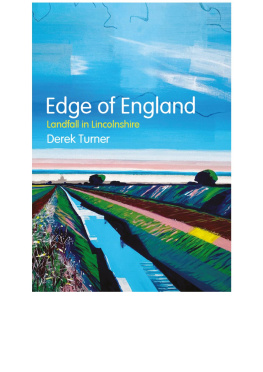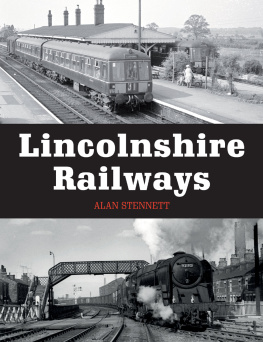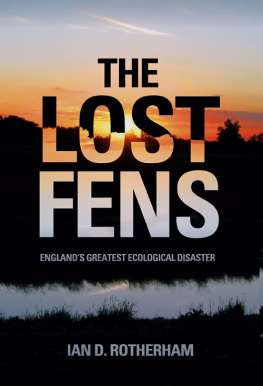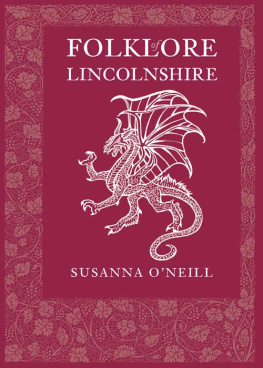
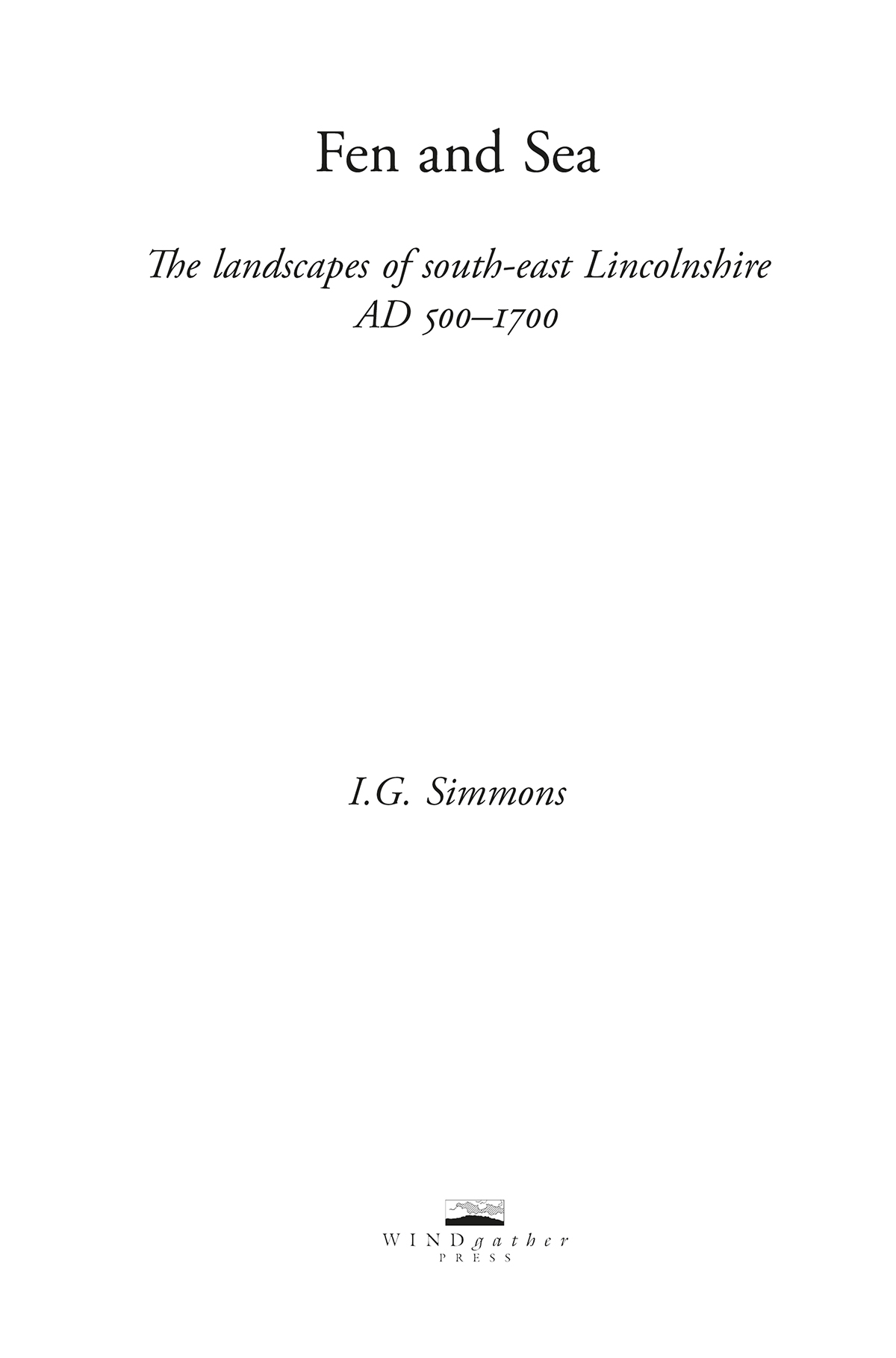
Windgather Press is an imprint of Oxbow Books
Published in the United Kingdom in 2022 by
OXBOW BOOKS
The Old Music Hall, 106108 Cowley Road, Oxford, OX4 1JE
and in the United States by
OXBOW BOOKS
1950 Lawrence Road, Havertown, PA 19083
Windgather Press and I.G. Simmons 2022
Paperback Edition: ISBN 978-1-91118-896-4
Digital Edition: ISBN 978-1-91118-897-1
A CIP record for this book is available from the British Library
All rights reserved. No part of this book may be reproduced or transmitted in any form or by any means, electronic or mechanical including photocopying, recording or by any information storage and retrieval system, without permission from the publisher in writing.
Printed in the United Kingdom by Short Run Press, Exeter
For a complete list of Windgather titles, please contact:
United Kingdom
OXBOW BOOKS
Telephone (01865) 241249
Email:
www.oxbowbooks.com
United States of America
OXBOW BOOKS
Telephone (610) 853-9131, Fax (610) 853-9146
Email:
www.casemateacademic.com/oxbow
Oxbow Books is part of the Casemate group
Cover design: Winter Swans by Carry Akroyd carryakroyd.co.uk
Contents
List of illustrations
List of tables
Preface
A few words on origins may be helpful since this book is in a different field from my others. It stems from having been evacuated from the Blitz in east London in 1940. I was sent to some relatives who farmed near Wainfleet in east Lindsey and who took me in sporadically through the war as I oscillated (by train) according to the level of threat from bombers, the V-1s and the V-2s. After the war, some of the relatives remained there and indeed one of them ran a local pub. So this book is a sort of completion of the circle, carrying thanks and warm memories to the Mayfield family, and to my Aunt Grace, of whom I think almost daily whenever I play a CD, for it was she who bought me a season ticket to the BBC Proms in 1955, which was an entrance ticket (2/6 per night, as I recall) to a wonderful world. The older Mayfields and Grace are buried in medieval salt-waste Toftland at Wainfleet. When I retired and wanted out of pollen analysis and the European Mesolithic, a project centred on the East Fen and the Steeping River was an obvious step to take. Another piece of good fortune was to ask advice from Arthur Owen, then living in Thimbleby and the doyen of landscape history in the area, especially on coastal changes. He was retired from a senior position in the University Library at Cambridge and made available a great collection of notes and transcriptions and, with great generosity, some money to be used to acquire more documents, to finance others to help and to travel to the region from Durham. Thus I could ask my friend Patrick Mussett, formerly an archivist with that universitys Palaeography Department to go to archives like the National Archives at Kew and the Lincolnshire county archives and bring home a haul of relevant material. In later years we have been joined by Meryl Foster, another skilled archivist and reader of intractable seventeenth-century hands, so my own inadequacies were compensated in excellent fashion. The next question, after seeing about 600-plus documents and reading the same quantity of printed material, was what to do with it all. There has been a website hosted by the University of Durham, and a number of papers in relevant journals. There will be more of the latter if I survive being over 85 and the COVID-19 pandemic but the website will soon disappear.
Having been professionally a palaeoecologist and environmental historian, the placing of this work within the scholarly spectrum has been rather inexact, with a tendency to follow available material rather than obey disciplinary rules. One justification for this relies on the fact that relatively little academic work in fields like archaeology, historical geography and economic history has been aimed at this region and so I hope that this book will raise enough questions to make some scholars want to take its matters further. There are still several major themes that need a more thorough investigation than I have been able to achieve, some of which may have a practical relevance in any era of rising sea-levels. But in any case, as long as academic work is a valid use of time and money any region of the UK will have an interesting past to interest its residents and inform its visitors. East Lincolnshire may be low-lying, but it is not uniformly flat.
Some 20 years ago, I said that the book I was then writing would most likely be my last; this time it is even more the case. There has been some satisfaction, though, that it has been about some of the scenes of my childhood and so for me resonates with those well-known lines from near the end of T. S. Eliots Little Gidding , where the end of all our exploring/Will be to arrive where we started/And know the place for the first time.
Acknowledgements
Over about 20 years, a number of people have been helpful, and a few who might have been but were not. The first category is dominated by inhabitants of the Preface, notably the late Arthur Owen, for encouragement and for finance, and both Patrick Mussett and Meryl Foster for finding and making useful all manner of documents in many archives. People who have been acute but positive commentators include Martin Redding, Tom Lane, Caitlin Green and Rob Wheeler. Chris Belton has been especially helpful in flying made-to-measure views from her light aircraft and many of her images can be seen online at https://www.geograph.org.uk/. A number of metal detectorists have told me of finds not yet announced.
The linework has been produced by Chris Orton and I am especially grateful for his skills and his responsiveness in getting my sketches into a clear state. I have a reserve file of a hundred or so maps and diagrams that would have been good to display but which were demoted on grounds of space. All along, the Provisional Edition of the Ordnance Survey 1:25,000 map has been more than simply useful and I have been lucky enough to have a set of one of the paper editions. They are now online as well thanks to the National Library of Scotland. All the national assemblages are staffed by helpful people, as are the County collections, which hold varying amounts of relevant material: Lincolnshire has a great deal, of course, but there are nuggets in Nottingham for example. A particular source of great help has been the archive of Wainfleet St Mary material at the Bethlem Hospital accessed via its archivists Colin Gale and David Luck. Both went to some trouble to make sure we got the best use of their collections and the same is true of Magdalen College Oxford and Dr Robin Darwall-Smith.
Access to the internet now makes it possible to see all kinds of material and texts and so I am grateful to the University of Durham for maintaining my connection and for providing advice on the best ways to use a fast-moving technology. Even so, to have Jim and Vicki Innes check all kinds of parts of the text just as they have done in the past has been an enormous help and greatly improved the state in which the basic materials went to the publisher. In turn, Windgather have been patient with an elderly contributor living in semi-rural north-east Scotland at a time of a disruptive pandemic. Well done to everybody and as always biggest thanks to Carol who has put up with the annexation of almost every horizontal surface in our downsized residence as with everything else since 1962.
Next page




